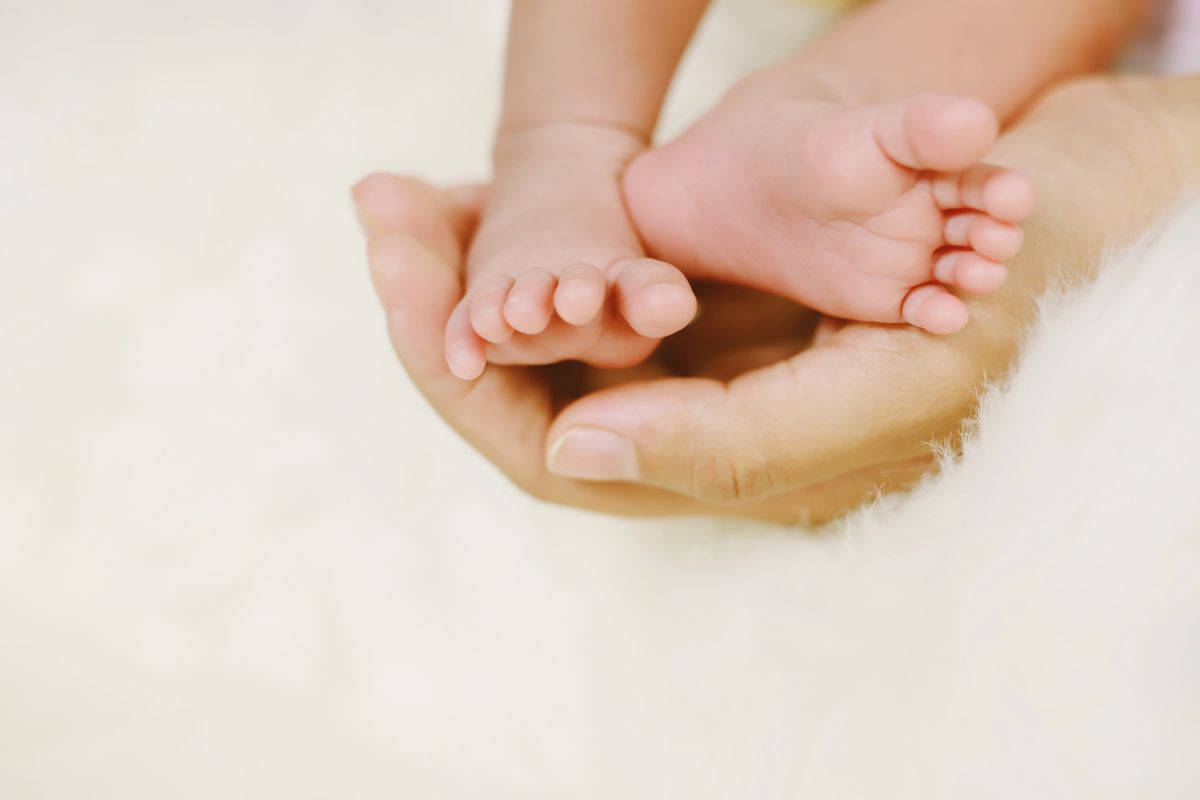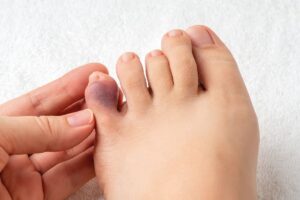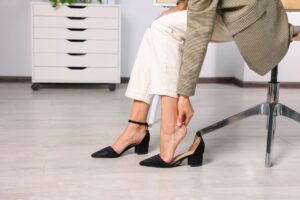Flat feet are a challenging condition to deal with for adults, especially as they can cause foot, knee, leg, and back pains. Plus, it can make you feel uncomfortable when walking or running extensively.
If adults have trouble with flat feet, they can be more difficult for children. This is why you want to make sure that you properly address your kid’s foot condition as early as possible.
Here, you will learn about how flat feet are diagnosed in babies and what you can do to help them. Keep reading to know more.

Diagnosing Flat Feet in Babies
Your child’s pediatrician will be offering the diagnosis for pediatric flat feet. What you should know is that all babies have flat feet. Humans only develop a foot arch when they regularly use their feet. An arch usually develops by the time they are six years old.
The problem occurs if an arch does not develop when they grow up. When this happens, your child will be living with flat feet.
Risk factors include having a family member with flat feet, lack of movement, muscle problems, and bone formation problems. So, if you are worried about your kid having this foot condition, you just have to wait and see.
What to Do to Prevent Flat Feet
- Make Mobile Activities Available
The thing about flat-footedness is that it is pretty common. In fact, one out of five kids fail to develop foot arches, regardless if they had enough movement. Mobile activities are key to improving your baby’s chances of developing an arch.
Crawling, walking, and standing are your best choices if you want to encourage the development of arches. This can help your child build muscles, so they can optimally use their legs and feet.
2. Get the Right Footwear
Your baby’s shoes can help them develop arches. If your kid is at an age where they walk or run around freely, you might want to get them footwear that provides arch support. This way, the bones of their feet can get used to the shape of an arch.
This can enable stability and comfort while encouraging the process of proper bone growth. Look for shoes with wide toe areas and firm heels. You should also make sure that the soles are flexible to accommodate the shape of the foot as your kid walks.
3. Use Orthotics
If you already purchased a pair of shoes for your baby, you might be hesitant to buy another one until they outgrow it. There is no need to worry because you can purchase foot devices that can help create the optimal space for your kid’s feet.
These devices are called orthotics and you can simply insert them into the shoes to help create arch support. It can also pad act as extra padding to make the shoes more comfortable.

4. Keep an Eye on Your Kid’s Feet
As a parent, you are always with your baby, so you can monitor how they are doing. Make sure to regularly check their feet, so you can take action in case they feel any pain or discomfort.
If your child develops symptoms in the knees, legs, or feet, you should get in touch with your kid’s pediatrician and raise your concern. This way, you can take immediate action as soon as possible.
Final Thoughts
Flat feet in babies are not so much a big deal if it does not cause issues with movement. However, the moment your baby exhibits signs of pain, your best choice is to consult a licensed podiatrist who can help you address the problem and make your kid more comfortable in the future.





